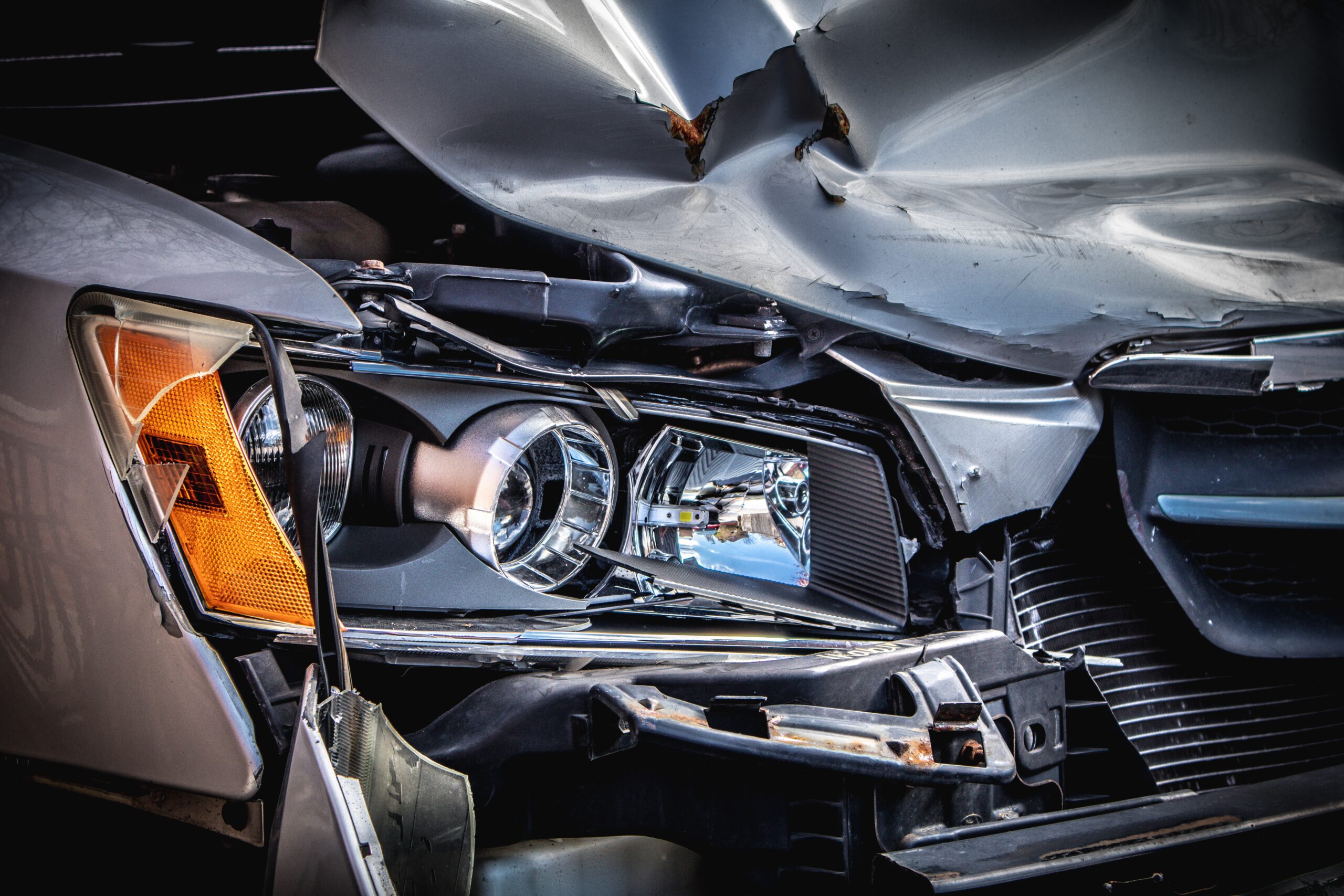
Summary
When a person has suffered a trauma and has pain and dysfunction even though the onset of that is delayed, injury to the temporomandibular joint must become a part of the differential diagnosis.
I. Introduction
The medical and legal professions need to be concerned that injuries are often overlooked in automobile accidents where the original presenting symptoms suggest that the trauma caused whiplash. As with closed head injuries, which are often missed, trauma to the cervical spine can also cause temporomandibular joint (TMJ) injuries which are easily overlooked.
Diagnosing Temporomandibular Joint Injury (TMJ)
Delay in diagnosing TMJ injury and closed head injuries may be caused by how the injury is perceived by both the doctor and the victim. Victims tend not to have the objective outward appearance of injury. What they have is a sensation of pain which – at least originally – stems from the cervical spine.
It is important to understand the mechanism of injury if an accurate diagnosis is to be made. In the typical “whiplash” injury, a victim’s head, sitting free above the seat, is whipped toward the point where the car is struck. For example, in a rear-end collision, the car is pushed forward, and the victim’s head is whipped backward. …/…
The lower jaw is connected by muscles both to the head and tho the sternum. Consequently, in the hypothetical situation, the muscles associated with the temporomandibular joint are placed under extraordinary pressure, pulling the jaw open and exerting tremendous force on the sides of the skull where the jaw is attached to the cranium. The focal point of the force associated with the rapid and severe movement in a whiplash-type injury is the temporomandibular joint.
II. Causes of TMJ Injuries
It is not necessary that there be a whipping effect to produce TMJ injury. It can be caused by any force where there are opposing forces to the head and jaw. For example, TMJ injury can occur if either the head or chin strikes a fixed object.
The temporomandibular joint is the hinge at the back of the jaw. This hinge is a ball-and-socket joint. It is estimated that it functions up to 5,000 times a day. Because of its anatomical complexity, it is susceptible to injury from physical trauma.
Getting An Accurate Diagnosis
All physicians dealing with trauma and all tort lawyers are aware that accurate diagnosis of the basis of head pain and other ramifications of soft tissue injury is extremely difficult. At the 1990 annual conference of the Radiological Society of North America, a paper was presented indicating that, through the use of magnetic resonance imaging (MRI), a study revealed that there were TMJ injuries in 87 percent of patients who reported whiplash syndromes after automobile accidents. It is significant that in the patients surveyed, none suffered direct trauma to either the jaw, face, or mouth. As the paper stated, “Physicians have always assumed that injuries to the cervical spine cause whiplash symptoms, but they’ve overlooked the jaw.” …/…
The rapid snapping back and forth of the head during whiplash-type injuries may cause the jaw to stretch soft tissue. Severe tension would be exerted on the muscles and tendons involved with the TMJ Injury to those soft tissues can cause pain in many parts of the head.
In addition, the TMJ disc acts as a shock absorber and buffer between the bone of the condyle and the bone in the cranial socket and is held rigid by ligaments. Stretching the ligaments may allow the disk to have an unnatural degree of motion. If the disk slips forward past the condyle, it no longer serves its function as a shock absorber. Subsequent joint motion may result in severe damage and displacement.
III. Progressive Problems
Injury to the TMJ occurring during a whiplash type accident may cause progressive problems and delay in symptomatology. That situation also can cause confusion in arriving at a diagnosis.
It is postulated that soft tissue damage can occur in collisions which involve slow speeds and little or no vehicular damage. It is further postulated that soft tissue damage to the TMJ can occur without any outward appearance of damage and with delayed onset of pain. That can occur because the original trauma crushes delicate blood vessels, nerves, and connective tissues, but until there has been progressive degeneration of the tissue, the symptomatology is not apparent. …/…
All tort lawyers and trauma physicians have had experience with patients and clients who have originally been diagnosed as having a cervical strain but have ongoing symptomatology, including severe head pain which would not be expected from trauma limited to the soft tissue of the neck. On too many occasions such symptomatology has been written off as psychological. The significance of the injury is often overlooked perhaps because of a failure to recognize the potential organic basis for the ongoing pain.
IV. Conclusion
When a person has suffered a trauma and has pain and dysfunction even though the onset of that is delayed, injury to the temporomandibular joint must become a part of the differential diagnosis. Appropriate work-up should be done before an individual is written of as suffering from “functional overlay.” TMJ disorder can be extremely painful and devastating to both victims and their loved ones. Medical and legal practitioners both need to recognize the potential for such injury.